#bronze age
Text
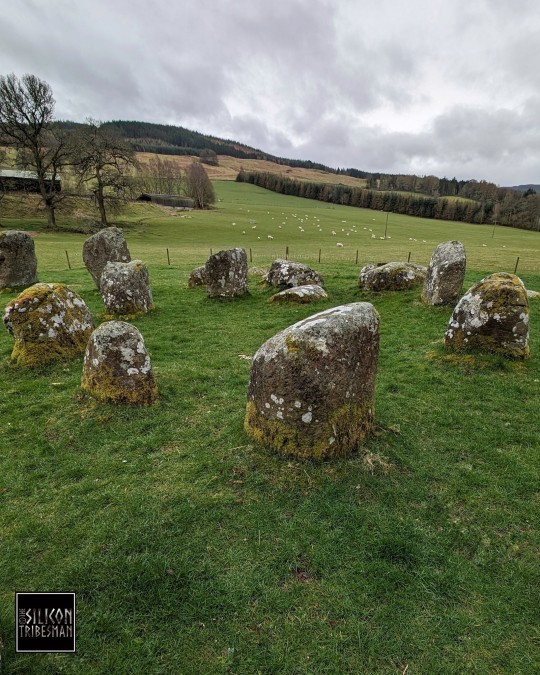
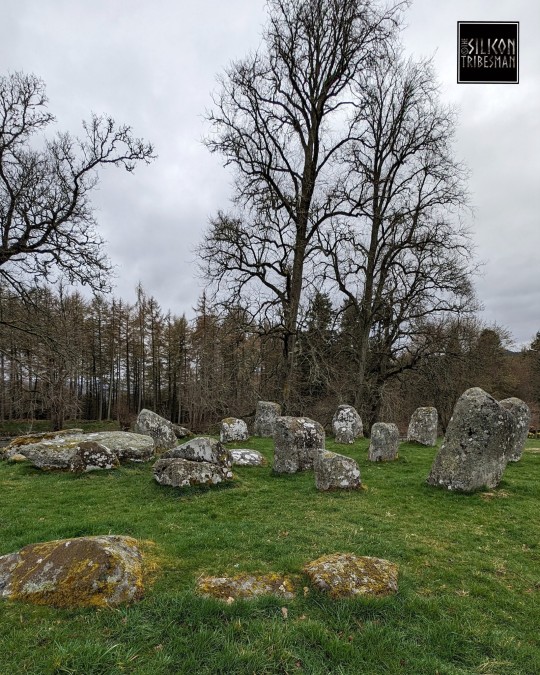
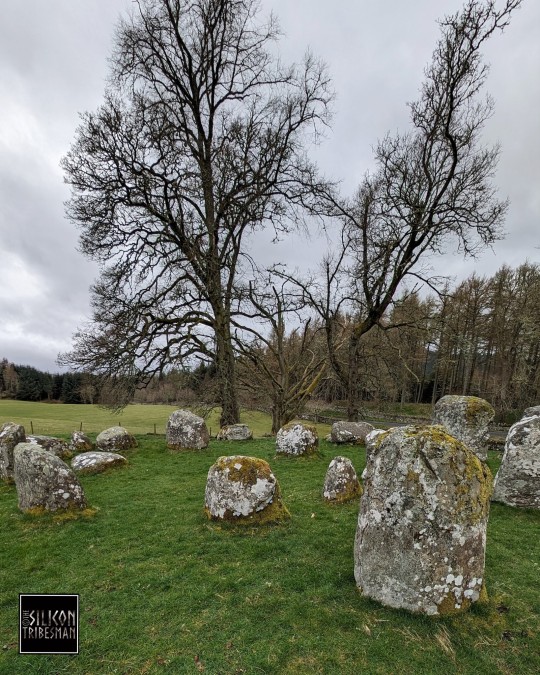
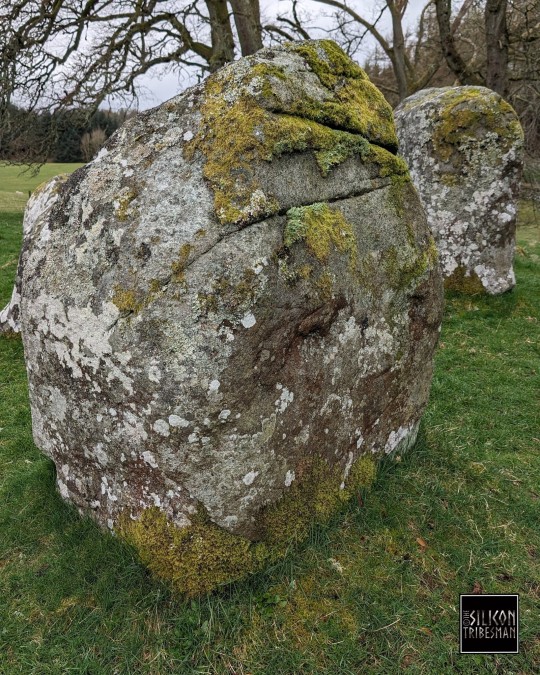

Croft Moraig Prehistoric Stone Circle, Loch Tay, Scotland
#ice age#stone age#bronze age#copper age#iron age#neolithic#mesolithic#chalcolithic#archaeology#prehistoric#paleolithic#prehistory#ancient cultures#stone circle#standing stones#stones#landscape#outdoors#Scotland#ancient sites#Loch Tay
75 notes
·
View notes
Text





A selection of house-ads for The Amazing World of DC Comics (1974), a self-produced fanzine exclusively available through mail-order that offered a captivating insight to the Bronze Age DC corporate and creative culture.
#house ad#the amazing world of dc comics#fanzine#zine#bronze age#70s#dc#dc edit#dc comics#comicsedit#dcedit#comicedit#house-ad
37 notes
·
View notes
Text
New findings show how Arabian herders over 7000 years ago used a lava tunnel for shelter when navigating harsh deserts.
22 notes
·
View notes
Text



My most recent make is this ancient Minoan ensemble! It consists of a tunic (heanos) worn under a flounced wraparound skirt shaped like a double-bladed axe (labrys). Despite how heavy the linen skirt is, the entire outfit is surprisingly easy to move around in. I even waded into the river to rescue a bee!
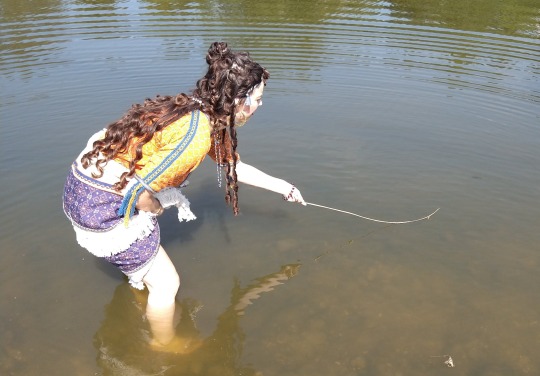
Hot Girl Activities
#minoan crete#minoan#ancient greece#greek mythology#historical costuming#bronze age#my costumes#clothing reconstruction#hot girl summer
5K notes
·
View notes
Text
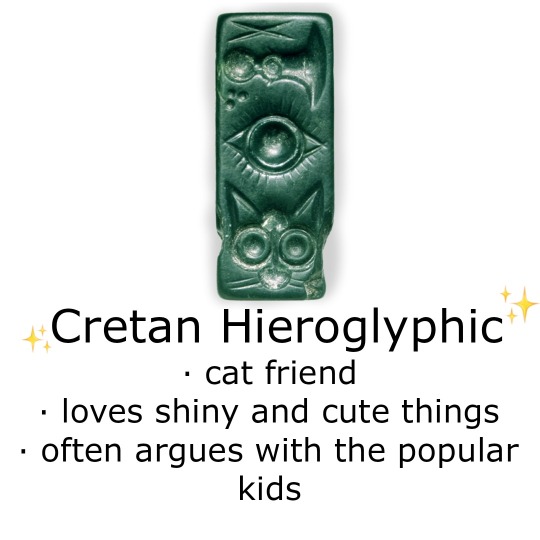



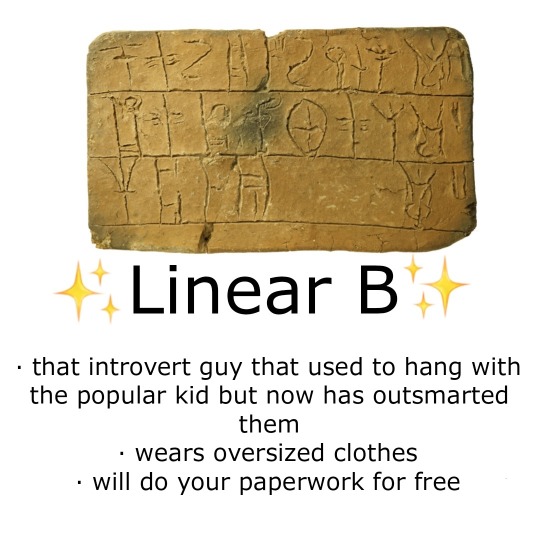


✨ tag yourself ✨ but with Aegean Scripts! Mainly Bronze Age, with a sprinkle of Iron Age (Cypriot Syllabary).
#tagamemnon#ancient greece#crete#minoan#scripture#history#classics#bronze age#cretan hieroglyphic#linear a#phaistos disc#linear b#cyprominoan#cypriot Syllabary#arkalochori axe#archaeology#tag yourself
3K notes
·
View notes
Text
WOW.
Scientists found an amazingly well-preserved village from 3,000 years ago
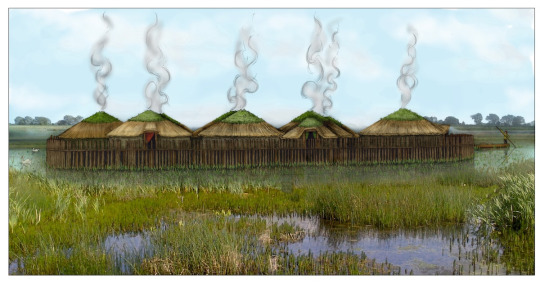

Text below, in case article access dries up:
LONDON — A half-eaten bowl of porridge complete with wooden spoon, communal rubbish bins, and a decorative necklace made with amber and glass beads are just a handful of the extraordinarily well-preserved remnants of a late Bronze Age hamlet unearthed in eastern England that’s been dubbed “Britain’s Pompeii” and a “time capsule” into village life almost 3,000 years ago.
The findings from the site, excavated in 2015 to 2016, are now the subject of two reports, complete with previously unseen photos, published this week by University of Cambridge archaeologists, who said they cast light onto the “cosy domesticity” of ancient settlement life.
“It might be the best prehistoric settlement that we’ve found in Britain,” Mark Knight, the excavation director and a co-author of the reports, said in an interviewThursday. “We took the roofs off and inside was pretty much the contents,” he said. “It’s so comprehensive and so coherent.”
The reason for the rare preservation: disaster.
The settlement, thought to have originally consisted of several large roundhouses made of wood and constructed on stilts above a slow-moving river, was engulfed by a fire less than a year after being built.
During the blaze, the buildings and much of their contents collapsed into a muddy river below that “cushioned the scorched remains where they fell,” the university said of the findings. This combination of charring from the fire and waterlogging led to “exceptional preservation,” the researchers found.
“Because of the nature of the settlement, that it was burned down and its abandonment unplanned, everything was captured,” Knight added.
“As we excavated it, there was that feeling that we were picking over someone else’s tragedy,” he said of the eerie site in the swampy fenland of East Anglia. “I don’t think we could smell the fire but the amount of ash around us — it felt close.”
Researchers said they eventually unearthed four large wooden roundhouses and an entranceway structure, but the original settlement was probably “twice as big.”
The site at Must Farm dates to about 850 B.C., eight centuries before Romans came to Britain. Archaeologists have been shocked at “just how clear the picture is” of late Bronze Age life based on the level of detail uncovered, Knight said.
The findings also showed that the communities lived “a way of life that was more sophisticated than we could have imagined,” Duncan Wilson, head of Historic England, the public body responsible for preserving England’s historic environment, said in a statement.
The findings unearthed include a stack of spears, possibly for hunting or defense; a decorative necklace “with beads from as far away as Denmark and Iran”; clothes of fine flax linen; and a female adult skull rendered smooth, “perhaps a memento of a lost loved one,” the research found.
The inhabitants’ diet was also rich and varied, including boar, pike and bream, along with wheat and barley.
A pottery bowl with the finger marks of its maker in the clay was also unearthed, researchers said, still containing its final meal — “a wheat-grain porridge mixed with animal fats” — with a wooden spatula resting inside the bowl.
“It appears the occupants saved their meat juices to use as toppings for porridge,” project archaeologist Chris Wakefield said in the university’s news release. “Chemical analyses of the bowls and jars showed traces of honey along with ruminant meats such as deer, suggesting these ingredients were combined to create a form of prehistoric honey-glazed venison,” he added.
Skulls of dogs — probably kept as pets and to help with hunting — were also uncovered, and the dogs’ fossilized feces showed they fed on scraps from their owners’ meals, the research found.
The buildings, some connected by walkways, may have had up to 60 people living there all together, Knight said, along with animals.
Although no intact sets of human remains were found at the site, indicating that the inhabitants probably fled the fire safely, several sheep bones were found burned indoors. “Skeletal remains showed the lambs were three to six months old, suggesting the settlement was destroyed sometime in late summer or early autumn,” according to the university’s news release.
Ceramic and wooden vessels including tiny cups, bowls and large storage jars were also found. Some pots were even designed to nest, stacked inside one another, Knight said — evidence of an interest in aesthetics as well as practicality.
A lot of similar items were found replicated in each home, Knight added, painting the picture of completely independent homesteads for each family unit rather than distinct buildings for shared tasks — much like we live today.
Household inventories often included metal tools, loom weights, sickles for crop harvesting, axes and even handheld razors for cutting hair.
The roundhouses — one of which had almost 50 square meters (nearly 540 square feet) of floor space — had hearths and insulated straw and clay roofs. Some featured activity zones for cooking, sleeping and working akin to modern-day rooms.
The Must Farm settlement has produced the largest collection of everyday Bronze Age artifacts ever discovered in the United Kingdom, according to Historic England, which partly funded the 1.1 million pound ($1.4 million) excavation project.
The public body labeled the site a “time capsule,” including almost 200 wooden artifacts, over 150 fiber and textile items, 128 pottery vessels and more than 90 pieces of metalwork. Some items will go on display at the nearby Peterborough Museum next month.
Archaeologists never found a “smoking gun” cause for the fire, Knight said. Instead, they suspect it was either an attack from “outside forces,” which may explain why the inhabitants never returned to collect their possessions from the debris, or an accidental blaze that spread rapidly across the tightly nestled homes.
“Probably all that was left was the people and what they were wearing; everything else was left behind,” Knight said of the fire.
But the preservation has left a window for people to look back through in the future. “You could almost see and smell their world,” he said.
“The only thing that was missing was the inhabitants,” Knight added. “And yet … I think they were there — you certainly got glimpses.”
2K notes
·
View notes
Text
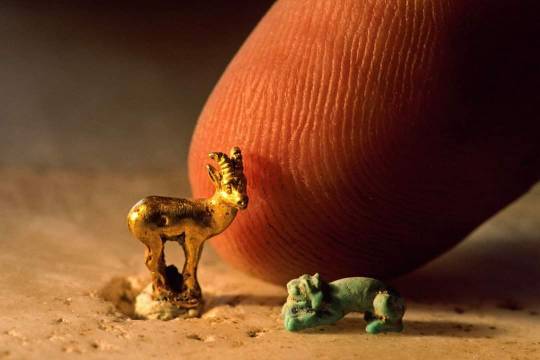
A golden ram and a stone lion, found in a tomb at the archaeological site of Gonur Depe (dated from 2400 to 1600 BCE) in Turkmenistan. The finger in the background shows how small these figures are, demonstrating the extraordinary skill of the crafter.
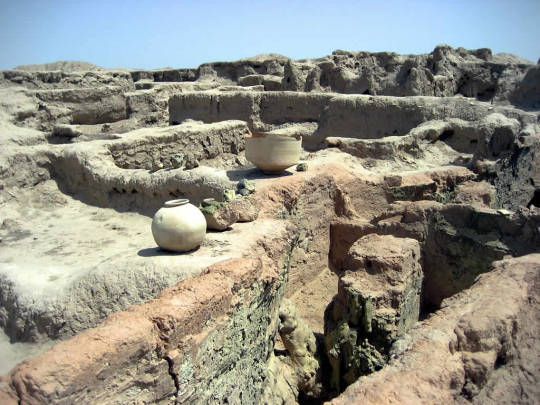
The archaeological site of Gonur Depe, Turkmenistan.
11K notes
·
View notes
Photo

Blue glass beads from the Late Bronze Age, found in 1885 when a Danish farmer ploughed up a cremation urn at Kongehøj. Made in Mesopotamia approximately 3,100 years ago, they offer evidence of long-distance trade connections in the prehistoric world.
image from here
6K notes
·
View notes
Text
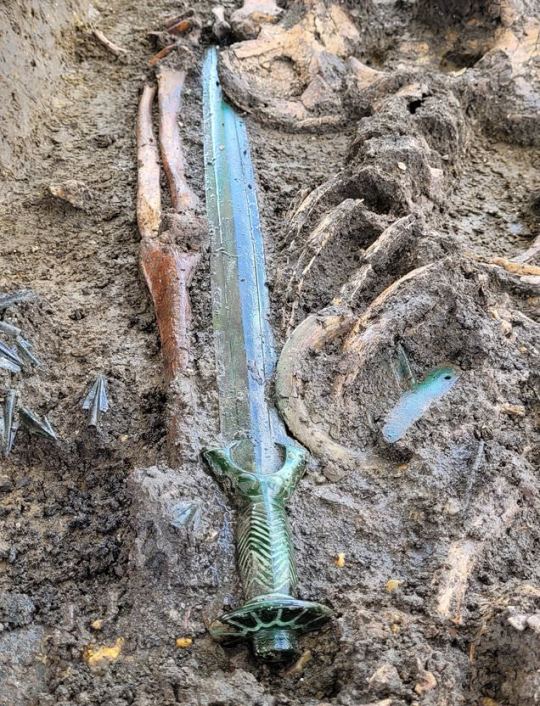
Archaeologists Find a Beautiful 3,000-Year-Old Octagonal Sword in Germany
A rare Bronze Age sword unearthed from a burial site in Germany is in such good condition that it still glimmers.
According to a statement the Bavarian State Office for Monument Protection released on Wednesday, the weapon was discovered in the town of Nördlingen in Bavaria, and may date to the 14th century B.C.
"Last week, archaeologists made a very special find during excavations in Nördlingen: a bronze sword that is over 3,000 years old and is so extraordinarily well preserved that it almost still shines. It is a representative of the bronze full-hilt swords, whose octagonal hilt is made entirely of bronze (octagonal sword type)," a translation of the statement reads.

Its octagonal shape make it a rare find, as only the most skilled blacksmiths were capable of making these types of swords—known as Achtkantschwert in German—that required precise casting and decoration.
"The production of octagonal swords is complex because the handle is cast over the blade (so-called overlay casting). The decoration is made with an inlay and using hallmarks. While there are two real rivets, another pair of rivets are only implied," the statement said.
These rare and specialized swords were only made in two locations in Germany at the time, one in the north, one in the south, although the exact location of this sword's origin could not be confirmed.
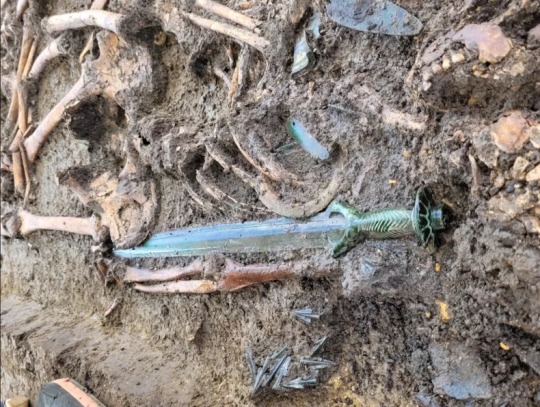
This find is especially unusual considering that most burial mounds in the area of Germany where the sword was discovered have been opened and looted in the past.
"Sword finds from this period are rare and come either from burial mounds that were deliberately opened in the 19th century or as single, presumed sacrificial finds," the statement said.
It is unclear if this octagonal sword was ever used in combat, or if it was a ceremonial blade.
However, archaeologists noted that while the blade had no signs of wear in battle, its center of gravity made it suitable for use as a real weapon, and it was capable of being used to slash opponents.
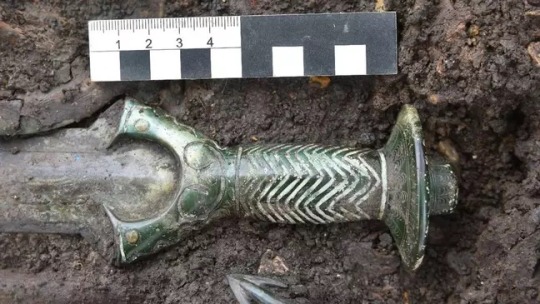
The grave in which the sword was found contained the remains of a man, a woman and a child.
"It is not yet clear whether the persons were related or what the relationship between them was," the statement explained.
Despite these questions, the sword marks an exciting find for the archaeologists and for Germany.
"The sword and the burial still have to be examined further so that our archaeologists can classify this find more precisely. But it can already be said that its condition is exceptional. A find like this is very rare," Mathias Pfeil, head of the Bavarian State Office for the Preservation of Monuments, said in the statement.

#Archaeologists Find a Beautiful 3000-Year-Old Octagonal Sword in Germany#bronze age#bronze Age sword#ancient tomb#ancient grave#ancient artifacts#archeology#archeolgst#history#history news#ancient history#ancient culture#ancient civilizations
3K notes
·
View notes
Text
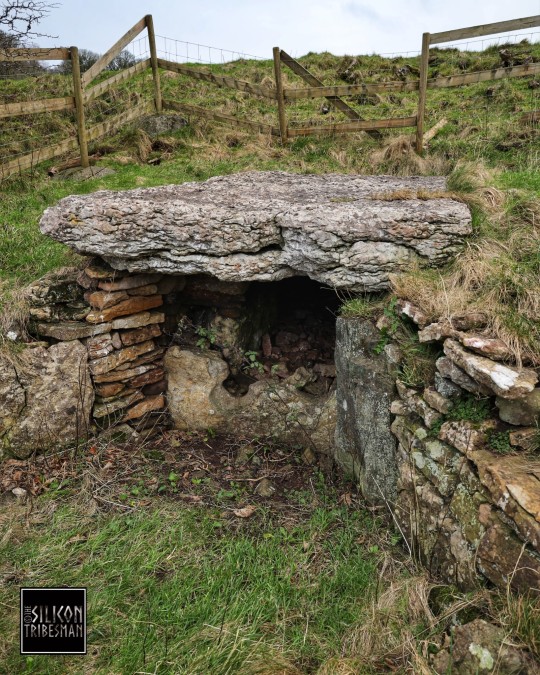
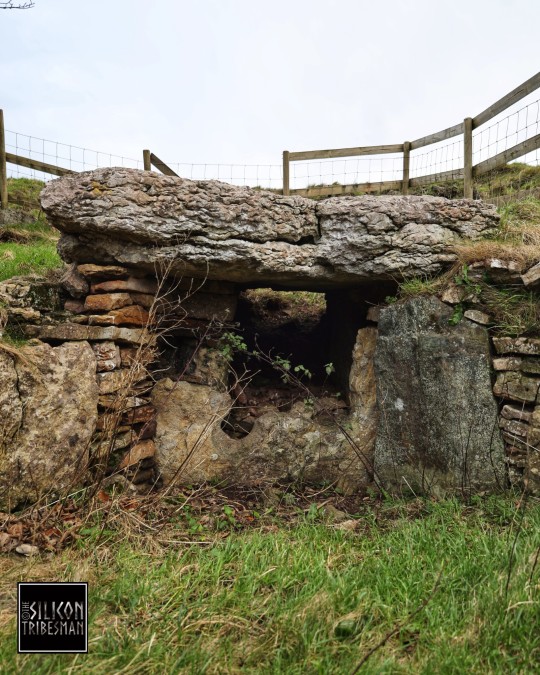
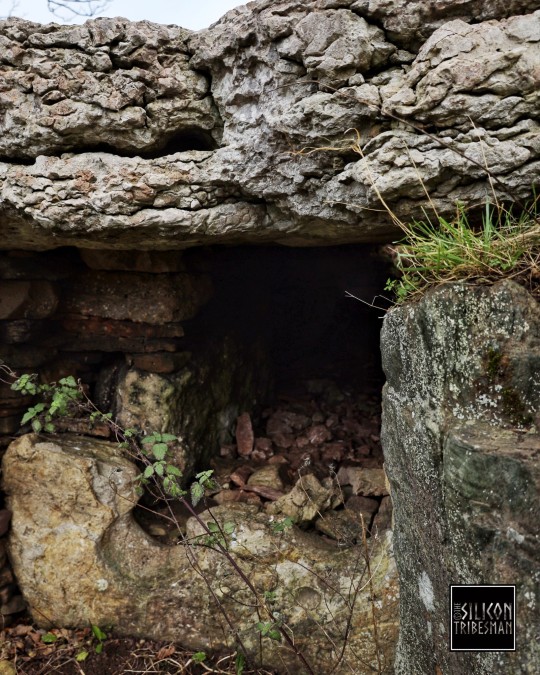


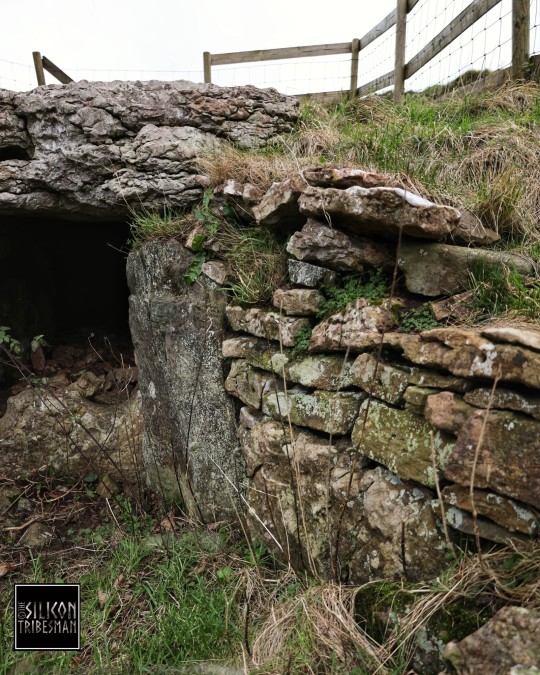



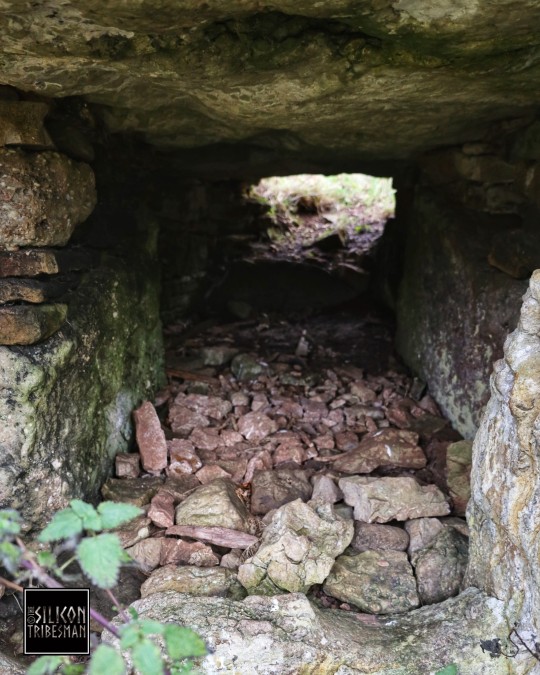
Bryn yr Hen Bobl Burial Chamber, Anglesey, Wales
#ice age#stone age#bronze age#iron age#copper age#prehistoric#prehistory#neolithic#mesolithic#paleolithic#chalcolithic#archaeology#stonework#megalithic#megalith#ancient sites#ancient cultures#landscape#outdoors
54 notes
·
View notes
Text


~ Model of a chariot drawn by a horse driven by two men.
Period: Late Bronze III
Place of origin: Ras Shamra = Ugarit (Western Lower Town, Tr. Banquette, pt 40)
Medium: Earthenware (yellow, white and brown glaze).
#ancient#ancient art#history#museum#archeology#ancient sculpture#ancient history#archaeology#bronze age#model of a chariot#late bronze III#ras shamra
1K notes
·
View notes
Text
Babylonian out of office message: my sincerest apologies my wife is giving birth. I will process your clay tablet after lunch
Egyptian out of office message: unfortunately I am out of the temple on pilgrimage to Thebes. Your email will not be forwarded. I will respond to your query after the Nile floods have concluded
1K notes
·
View notes
Text

Odyssey's ship leaving Ithaca (2024)
Penelope and Telemachus look at Odysseus's ship sailing away...
Illustration for Homer's Odyssey
#marysmirages#mycenaean greece#ancient greek mythology#bronze age#odysseus#odyssey#penelope#telemachus#art#homer#ship#sea#ancientgreece
687 notes
·
View notes
Text



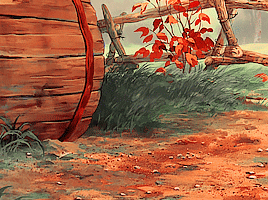


do you love the colours of fall?
(requested by anonymous)
#the fox and the hound#the adventures of ichabod and mr. toad#disneyedit#fantasia#melody time#the many adventures of winnie the pooh#bambi#filmedit#filmtvcentral#animationedit#classicfilmsource#*#gifs#film#animation#golden age#wartime era#bronze age#kenn
1K notes
·
View notes
Text
Listen up metal merchants: here's how to run the basic "substandard copper" con
2K notes
·
View notes
Text

Bronze belt uncovered near Le Theil, France, circa 1200 BC
from The National Museum of Archaeology, France
441 notes
·
View notes